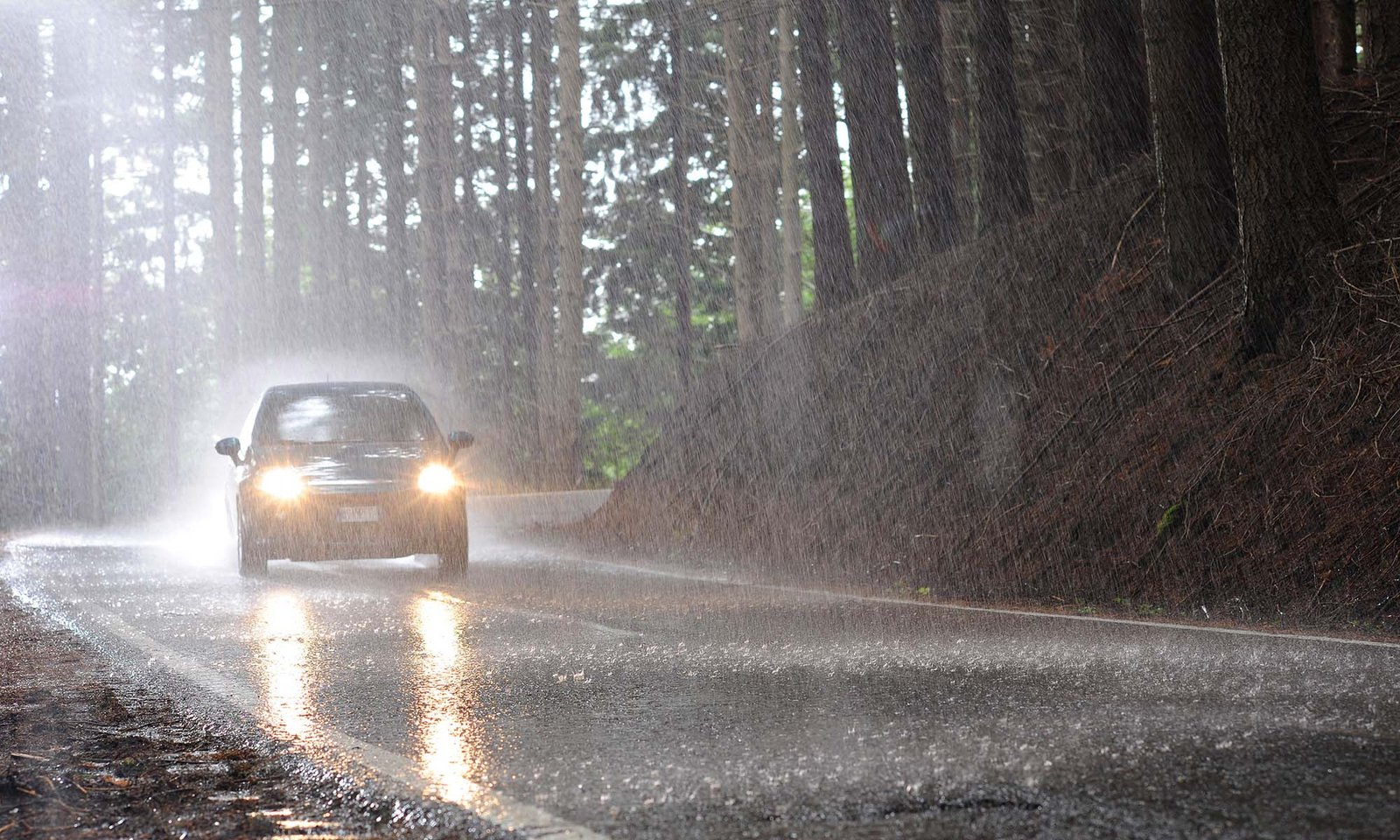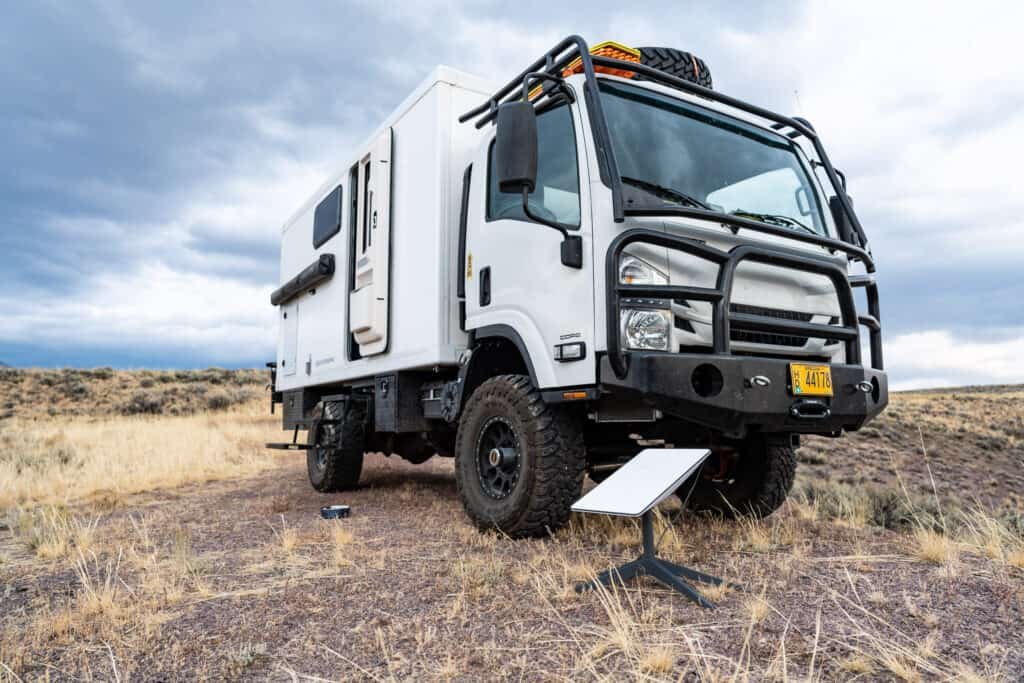Tips for driving in the rain: Buying a car implies recognizing that the highway will not always be in the best condition for driving. You will come across various obstacles on the way, and you must be ready to face each one of them.
However, many drivers still have concerns when driving in certain adverse weather conditions. Do you know what to do in these situations? In order to help you travel safely, in the following article, we give you seven tips for driving in the rain.
Consider whether it is necessary to travel under these conditions.
No matter how experienced you are, rain can be quite intimidating for drivers of any type. If you have ever experienced or even witnessed a vehicle skidding on a wet road, you know that it is one of the worst feelings.
Driving in the rain, some beginning drivers are exposed to the stress and frustration that comes with trying to stay in control. Therefore, if you have the option of waiting for conditions to improve, do not hesitate. Arriving 15 minutes late to your destination is better than putting your life at risk.
Check that your car is in good condition.
Before you start your trip, you should always make sure that your car is in good working order. The last thing you want when driving in the rain is for your headlights to go out suddenly or for your vehicle to stop in the middle of the freeway.
We advise you to check if the tread of your tires is in optimum condition to drive on slippery roads. Other important components that you have to check are the headlights, windshield wipers, taillights, fog lights, air conditioning, and horn.
Clean the windshield constantly.
Having a clear field of vision from inside the vehicle is just as important as lighting the way to visualize the road. It is for this reason that you should clean the windshield before, during, and after each of your trips.
When the rain is very heavy, it can distort the driver’s vision and make things seem further away than they are. Prevent your car’s windshield from fogging up and wipe it down to remove excess moisture from the glass. This way, you’ll have a perfect view of the highway at all times.
Drive slower than usual.
One of the best recommendations for driving in the rain that we have for you is to drive slower than usual. As we discussed in the first point, it is preferable to be late than to expose yourself to an accident.
When the road is wet, the car has to adjust to less traction, so it takes longer to react to braking and cornering. Bearing this in mind, it is best to slow down considerably, thus maintaining the safety of you and your passengers.
Turn on the headlights of your car.
Most of the time, heavy rain is accompanied by fog or mist. This makes it even more difficult for drivers to see. In these cases, you must turn on your car’s headlights to be able to see better and calculate the distance between your vehicle and those in front of you.
Newer cars are equipped with powerful LED headlights and fog lights that illuminate a larger area in front of the vehicle. Keeping your headlights on when driving in bad weather will allow you to have better visibility. This is also a good way to remind pedestrians and other drivers that you are there.
Increase following distance
In everyday situations, you should keep a minimum distance of 4 seconds or 100 meters between your vehicle and the one in front of you. However, when driving in heavy rain, you should consider the time it will take for your car to react, slow down, and stop.
Wet roads often cause tires to slip or skid before coming to a complete stop, so doubling your following distance is essential to avoid accidents. Try to keep 8 seconds or about 200 meters of distance between your car and the one in front of you.
Watch out for loss of traction.
When there is a layer of water accumulated on the road surface, the tires can lose traction, causing the car to slide out of control. Driving at high speeds or having worn tires could also increase this risk.
If you feel like your car is about to lose traction, slow down. Then, turn the wheel a little at a time, following the direction you’re sliding until you’re in control. It seems counterintuitive, but this will actually help you realign the tires with the vehicle so they are both going in the same direction.
Now you know tips for driving in the rain! We hope this article has been helpful to you. Follow these tips and put them into practice the next time you have to travel in adverse conditions. Remember to prioritize your safety and that of your passengers!









